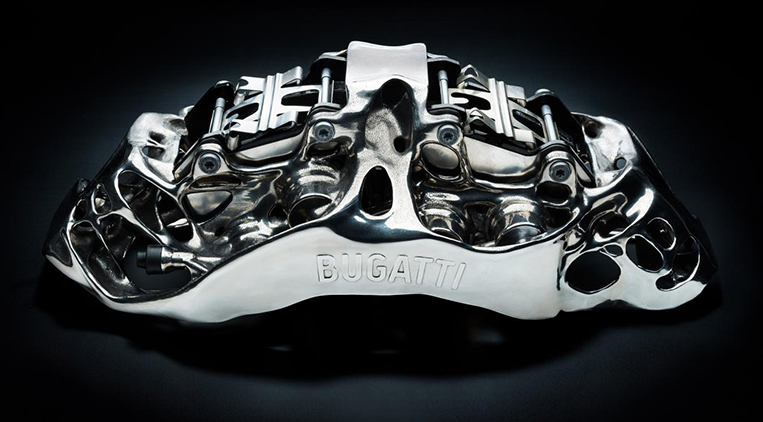
Bugatti is known for building extremely well-engineered supercars that constantly push the envelope of what is technologically possible, and it seems the company has no plans to give up its position at the cutting edge of road car development anytime soon. To demonstrate this, the boutique hypercar maker just unveiled the world’s first 3D-printed brake caliper, and while this technology is usually associated with materials such as plastic, Bugatti managed to use titanium for this task, potentially setting a new standard for other car companies to follow.
While this brake caliper may look pretty unspectacular at first glance, the item is actually a considerable technological achievement. Not only is it the largest 3D-printed titanium functional component in the world, it is also the largest brake caliper in the automotive industry. It was developed in cooperation with Laser Zentrum Nord in Hamburg, Germany. The French carmaker is now planning on using it—and other parts like it—in its road cars if quality tests scheduled for early this year go well.

There are a number of advantages to creating parts this way, starting with titanium being considerably stronger than many other metals—a force of over 125kg can be applied to one square millimeter of this material before it fractures. Next to being tough, the new part is also 40% lighter than the currently used aluminum version, weighing just 2.9kg instead of 4.9kg. Furthermore, 3D-printing titanium also gets around some of the issues usually encountered when working with this ultra-strong material, as milling or forging components from it is extremely difficult. The caliper was created by a 3D printer equipped with four 400W lasers that melt a total of 2,213 layers of titanium powder into the final shape of the caliper, a process that takes 45 hours to complete.
While all of this is extremely high-end right now, it is worth remembering that Bugatti is essentially a research laboratory for Volkswagen, and acts as an outpost that can try out new technologies away from mass-market manufacturing pressures. This means that any new materials or techniques such as 3D printing may very well find their way into Volkswagen models of tomorrow. In other words, driving a future Golf will be a teeny bit like driving a Chiron.

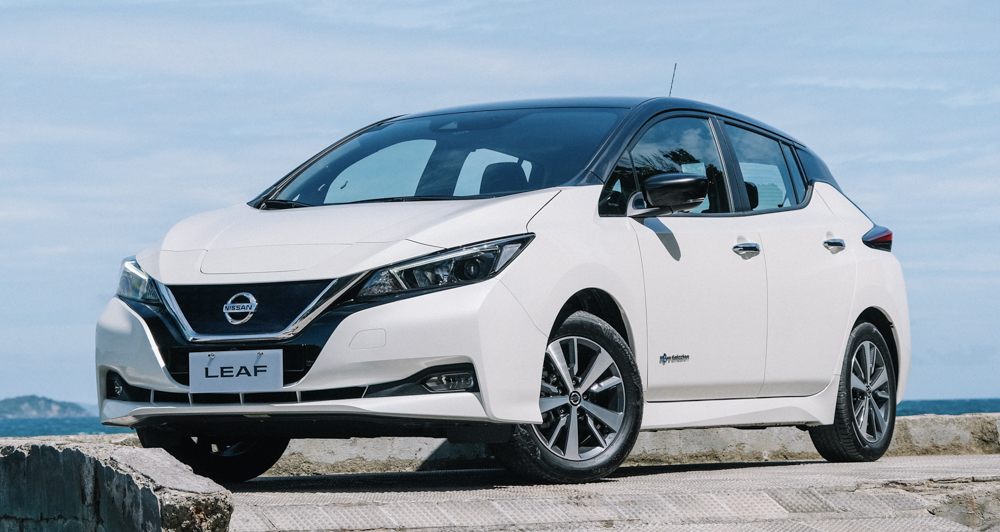
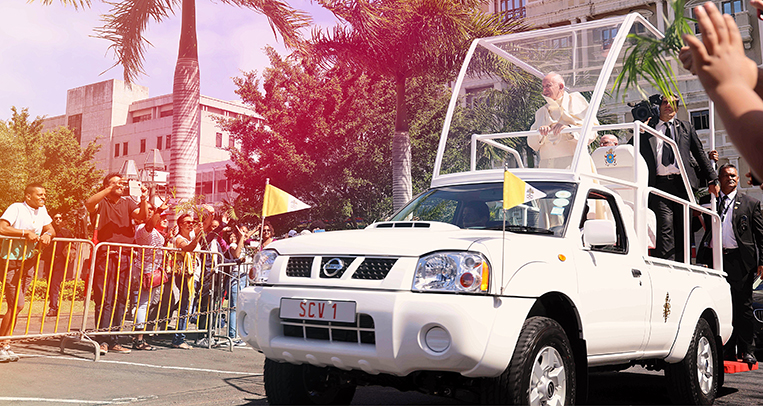
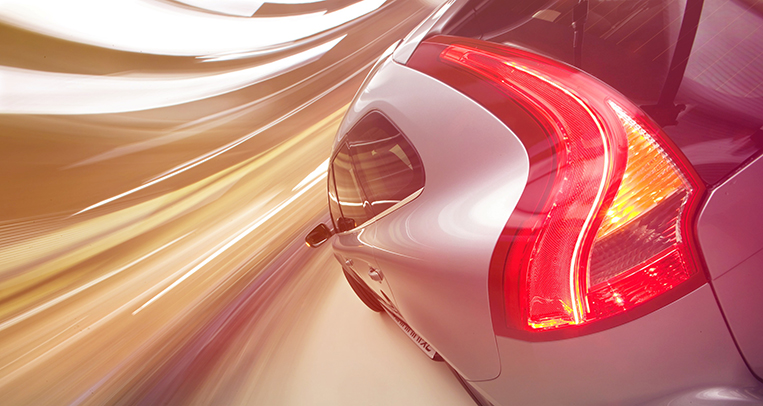

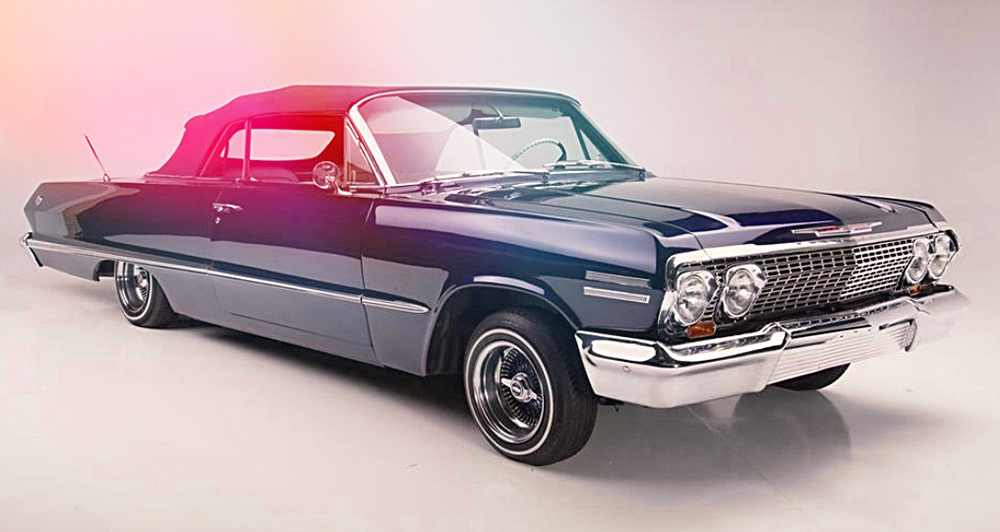





Comments